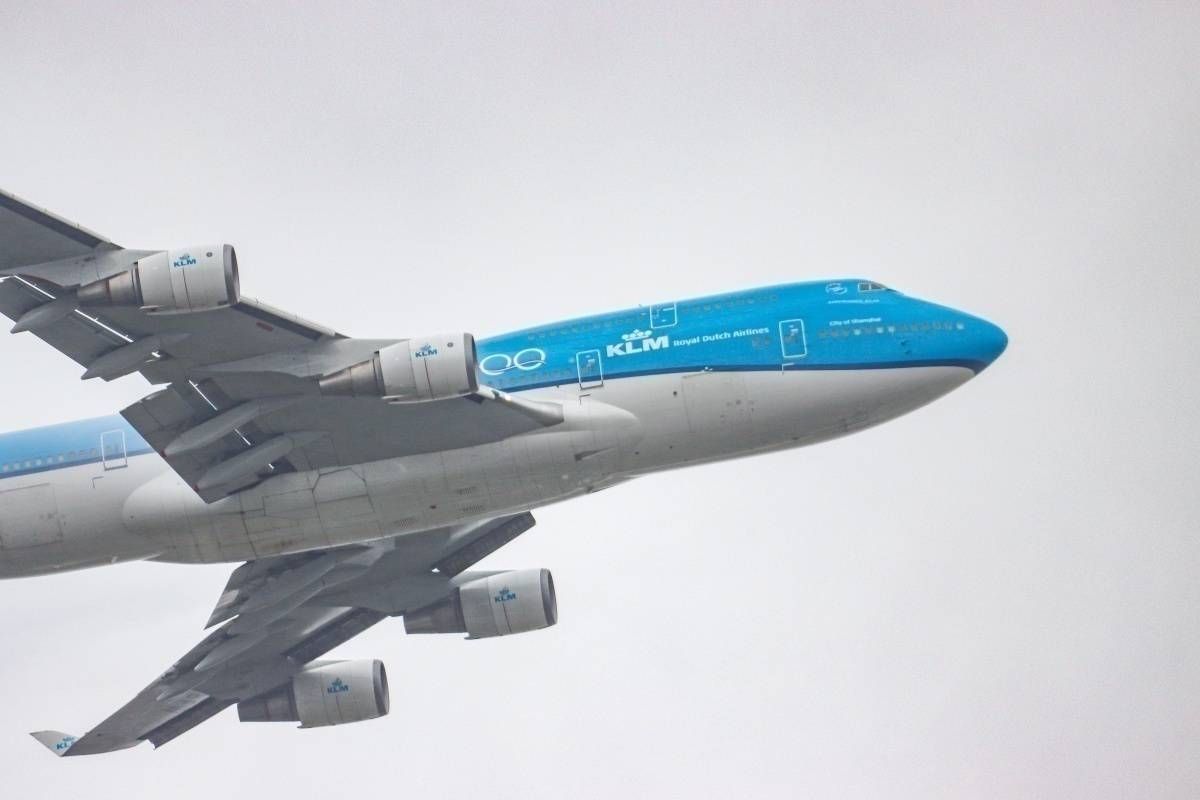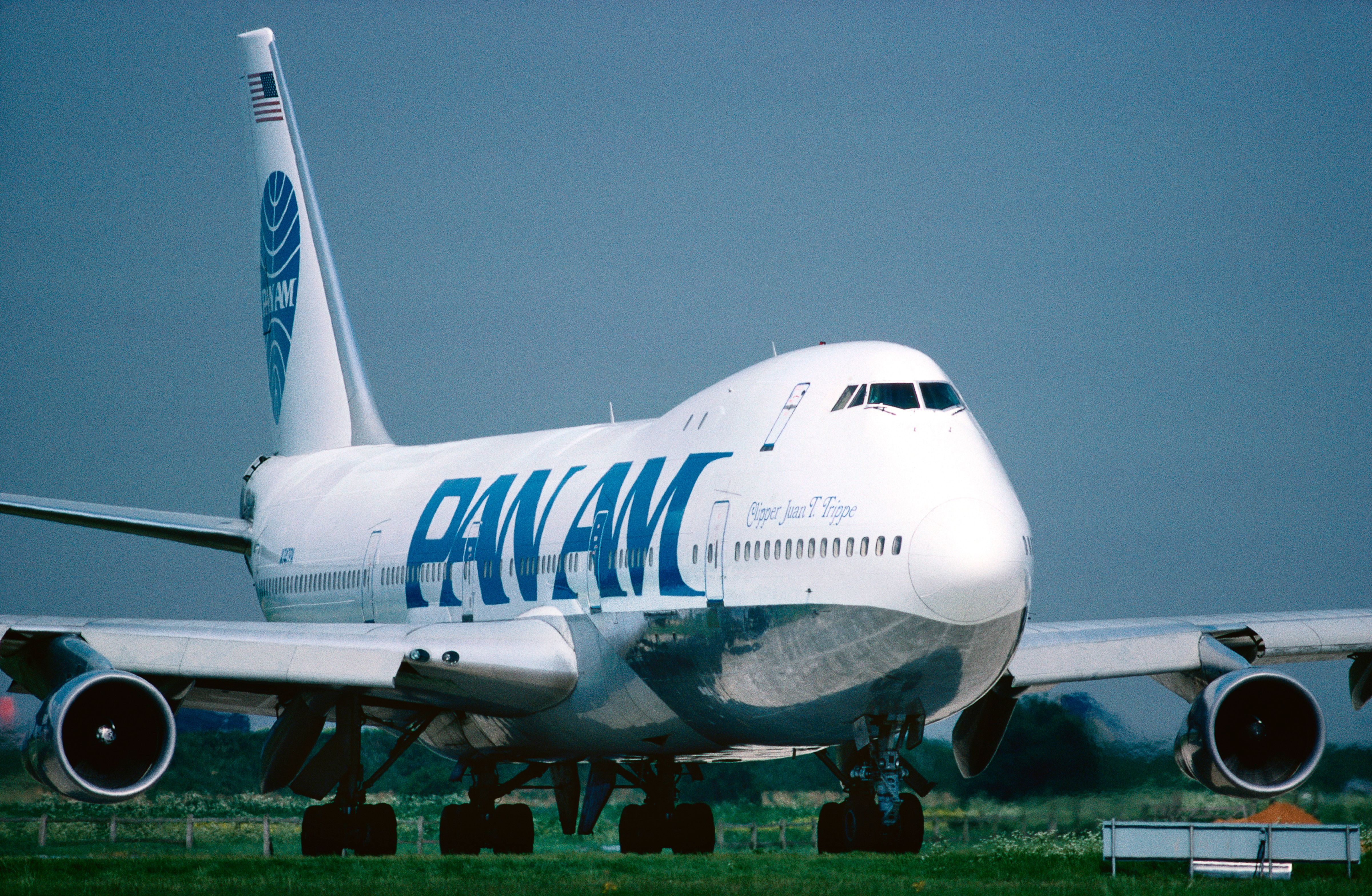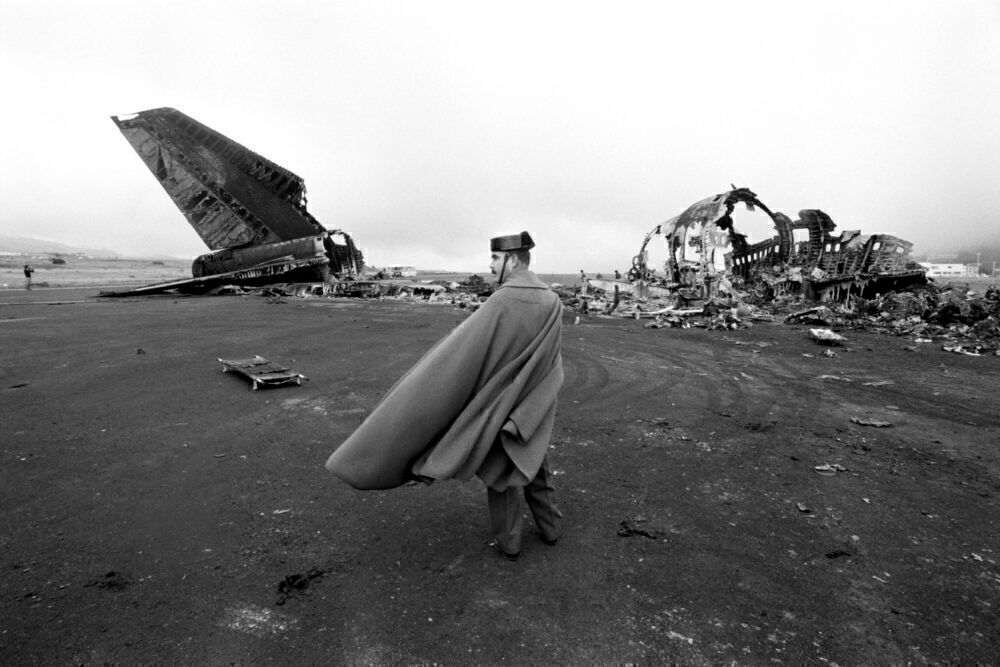It has been 45 since two Boeing 747 passenger airliners collided on the Spanish Canary Island of Tenerife. As a result of what is still the deadliest crash in aviation history, 583 people lost their lives. Before we get into what has changed regarding how airports and aircraft operate today and what was learned from the crash, let's first take a look and see how events unfolded on that fateful March day.
On March 27, 1977, two Boeing 747 passenger jets, operating as KLM Flight 4805 and Pan Am Flight 1736, collided on the runway at Los Rodeos Airport, now known as Tenerife Norte Airport (TFN). Both flights were due to land at Gran Canaria Airport (LPA) but were diverted to Tenerife following the detonation of a bomb in Gran Canaria Airport's terminal. The Canary Islands are known for their mild winters and warm sunny spring, and the KLM flight, which originated in Amsterdam, was full of primarily Dutch people escaping the cold northern European weather. The Pan Am flight, which originated in Los Angeles with a stop in New York, was full of elderly Americans who were supposed to join a cruise ship in Gran Canaria.
Flights to Gran Canaria got diverted to Tenerife
Because of the bomb, both flights and others that were due to land in Gran Canaria got diverted to Tenerife. Tenerife's north airport quickly became congested, with many planes having to park on the taxiway. Parking on the taxiway forced aircraft wanting to take off to use the runway to get into position.
Because of the airport's location near the sea and its altitude of over 2,000 feet, it is not uncommon for clouds to restrict vision. On the day of the accident, high-density clouds made it difficult for the control tower and pilots to see what was happening around them.
The KLM airliner was permitted to taxi down the runway and line up for takeoff. The Pan Am jet was instructed to taxi down the runway and take the third exit to the taxiway. Already delayed and in a hurry to takeoff, the captain of the KLM aircraft initiated its takeoff run without being permitted by Air Traffic Control. He did not know and could not see because of the clouds that the Pan Am plane was still on the runway.
Only people sitting in the front of the Pan Am plane survived
The collision and resulting fire killed everyone aboard the Dutch airliner and most of the passengers on the American jet. However, 61 people on the Pan Am plane survived because they happened to be sitting at the front of the aircraft. Following an extensive investigation, Captain Veldhuyzen van Zanten was found to be at fault for attempting to takeoff without having received permission. KLM argued it was due to miscommunication between the tower and the pilots but ultimately admitted it was at fault and agreed to compensate the relatives.
Sweeping changes were made after the crash
As a consequence of what is now called "The Tenerife Disaster," sweeping changes were made to international aviation such as:
- An emphasis on English as a common working language and the use of standard phrases
- Air Traffic Control (ATC) cannot use words like OK or Roger
- The word "takeoff" is now spoken only when permission is given for actual takeoff
- Until actual permission is granted for takeoff, pilots and ATC controllers should use the word "departure"
- All ATC clearance to aircraft already lined up on the runway for takeoff must include the prefix "hold position"
Cockpit operating procedures were also changed following the disaster, with a greater emphasis placed on teamwork and team decision-making. Flight crews with less experience were told to challenge their captains if they believed that something was not correct. The captains were advised to listen to what their junior officers had to say and evaluate what they were saying. Following the crash, the Spanish government installed a ground radar system at Tenerife Norte Airport (TFN) to stop something like this from ever happening there again.




